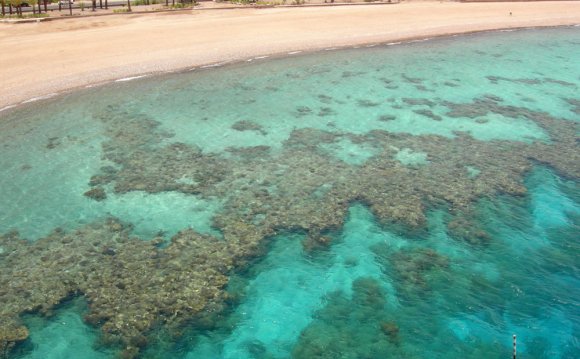
 The high-definition video of Earth was processed into this still image. The west coast of South America is visible in the lower left portion of the planet.
The high-definition video of Earth was processed into this still image. The west coast of South America is visible in the lower left portion of the planet.
Earth, the third planet from the sun, is the fifth largest planet in the solar system; only the gas giants Jupiter, Saturn, Uranus and Neptune are bigger. Earth is the largest of the terrestrial planets of the inner solar system, bigger than Mercury, Venus and Mars.
Radius, diameter and circumference
The mean radius of Earth is 3, 959 miles (6, 371 kilometers). However, Earth is not quite a sphere. The planet's rotation causes it to bulge at the equator. Earth's equatorial diameter is 7, 926 miles (12, 756 kilometers), but from pole to pole, the diameter is 7, 900 miles (12, 720 km) — a difference of only 40 miles (64 km).
The circumference of Earth at the equator is about 24, 902 miles (40, 075 km), but from pole-to-pole — the meridional circumference — Earth is only 24, 860 miles (40, 008 km) around. This shape, caused by the flattening at the poles, is called an oblate spheroid.
Density, mass and volume
Earth's density is 5.52 grams per cubic centimeter. Earth is the densest planet in the solar system because of its metallic core and rocky mantle. Jupiter, which is 318 more massive than Earth, is less dense because it is made of gases, such as hydrogen.
Earth's mass is 6.6 sextillion ton (5.9722 x 1024 kilograms). It volume is 1.08321 x 1012 km.
The total surface area of Earth is about 197 million square miles (509 million square km). About 71 percent is covered by water and 29 percent by land.
Highest and lowest points
Mount Everest is the highest place on Earth above sea level, at 29, 028 feet (8, 848 meters), but it is not the highest point on Earth — that is, the place most distant from the center of the Earth. That distinction belongs to Mount Chimaborazo in the Andes Mountains in Ecuador. Although Chimaborazo is about 10, 000 feet shorter (relative to sea level) than Everest, this mountain is about 1.5 miles (2.4 km) farther into space because of the equatorial bulge.
The lowest point on Earth is the Mariana Trench in the western Pacific Ocean. It reaches down about 36, 200 feet (11, 034 meters) below sea level.
YOU MIGHT ALSO LIKE












